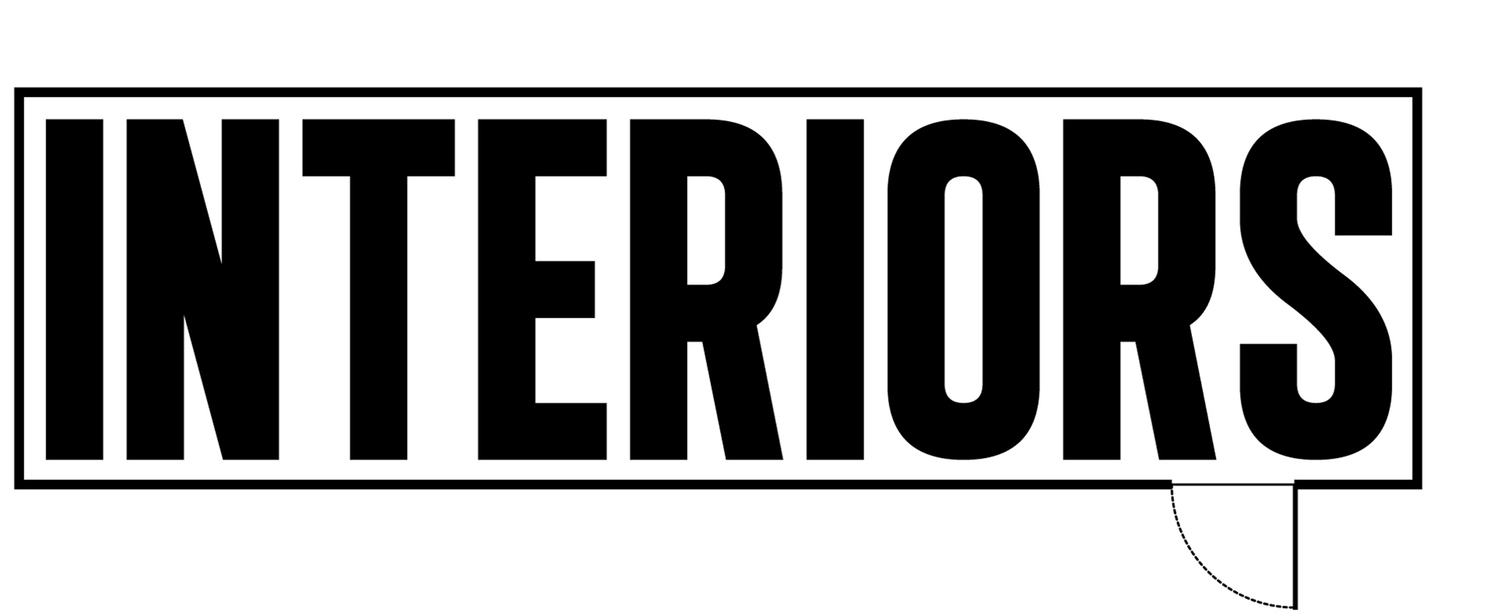Godard is being won over by the stylish brand of minimalism these spaces offer, even as he decries them. If so, he’s not the only one being tempted. As Caution finally confronts Von Braun and makes his intentions clear, Von Braun offers him a deal: Join Alphaville, and become a double agent. Spy on the “Outer Countries,” and aid us in our preemptive war against them. For your services, you get “control of another galaxy,” “You’ll have gold. “You’ll have women,” Von Braun says. Caution demurs, shooting Von Braun, which sends everyone in Alphaville into a fit of full-body convulsions. He won’t be co-opted.
But Godard’s revelatory minimalist mise-en-scene flourishes give a clue that Modern architecture definitely, definitely will be. Caution won’t sell out, but Modernism will be defanged and flat-packed into Toyota Camry trunk-sized boxes, stacked to the sky in suburban IKEAs. It’s just too attractive not to be.
- - -
Whether you ask Godard’s Alphaville or the manifesto-smiths at the Bauhaus, Modernism was always a tool for throwing away that past and rebuilding society. The two differ only in what was to be built: an apocalyptically mutilated humanity, or a socialist workers paradise. (In fact, the gap between these two ambitions was the entire theme of French pavilion at the 2014 Venice Biennale.) When nothing of this sort occurred, most of what was left was the aesthetics, and Modernism became a consumer sensibility.
This was well under way by mid 60s when Philip Johnson’s MoMA show was 30 years in the rearview mirror, its anti-bourgeois import overshadowed by a great many new shiny corporate headquarters all designed in the tradition of socialist workers housing. Beyond the city, throwing out the history books was a tough sell. Vast new suburbs of puffy, gable roofed Neo Neo Tudor Colonial Mission mutants marched across the land. Almost no one built workers paradises, and when they did there were those damn Art Deco curlicues. Or, they were mega-scaled Corbusier-styled Radiant Cities infected with any and all social pathologies that would be dynamited in a few short years with such force as to destroy Modernism itself. (Auspiciously, Alphaville was released the year Corbusier died.) Philip Johnson’s Glass House is an incredible aesthetic statement, but for 65 years it’s been essentially unable to say anything to the vast segment of society who doesn’t automatically know who David Remnick is. If a resident of Alphaville wanted to take a North American tour of successful neighborhood-scaled Modernism, you could take them to Mies’ Lafayette Park, drive them around for five minutes, and credibly tell them the tour is over. Modernism apparently was not for revolution. So what was it for? Maybe its just for fancy dinner parties where the museum curator brings the polenta, the critic brings the quail, the flavor-of-the-month conceptual artist brings the arugula and beet salad, and the architect forgets the wine and only shows up with commiserations that no one takes Modern architecture seriously anymore. (And for transparency’s sake, here’s how I butter my bread for this sad gathering: I detest anything new made to look old and find it beyond depressing that I was six and living in rural Iowa during the MoMA Deconstructivist Architecture show. Modernism is awesome, my favorite buildings make me feel like a super villain, and I get that this is an unpopular opinion.)
Modernism is a way to divide your houzz.com search, a way to signal going to good schools and reading the right websites. It's a flavor of moneyed good taste. Its aspirations still seem pretty pure-hearted, if not comically naive, and many of its good ideas are still intact, though they’ve been more effectively endorsed by other philosophies. (Its preference for density and modularity is echoed in the newer sustainability movement, for example.) But it’s an aesthetic, not an inevitable way of life.
Alphaville is the moment before this recognition settled over the land. In it, Modernism still had teeth, and was potent visual symbol for technology-driven totalitarian efficiency that remakes society in its own image.
Another thing Alphaville gets wrong is the form lowest-common denominator, machine-designed building will take. Godard thought that mechanized efficiency would bring about cheap and omnipresent Modernism in all sectors of building. Endless rectangular molds to pour the thin remaining gruel of humanity into. But the opposite is true. All those cheap suburban manses and their plastic pediments are churned out from a CAD template and maybe given a cursory glance by a human. But pay millions for four glass walls wrapped around a rectangular floor and roof, and you have to listen to a man in funny glasses expound upon his vision of the true “nature of space.” In the world outside of Alphaville, robots (like Alpha 60) do gabbled roofs. Auteurs (like Godard) wearing berets and capes do flat roofs. In our world, Modernist architecture is an art-object, which would have been eradicated in Alphaville. That’s the central contradiction of the movie. Despite its minimalist austerity and sometimes arcane philosophy, Modernism has always been fully in creative human hands, which makes it suspect from the point of view of totalitarian masters, and a humanistic aspiration for everyone else.
Zach Mortice is a freelance architectural journalist living in Chicago. He has written for Architectural Record, Metropolis, Architect Magazine, and Landscape Architecture Magazine. Follow him on Twitter and Instagram.

















